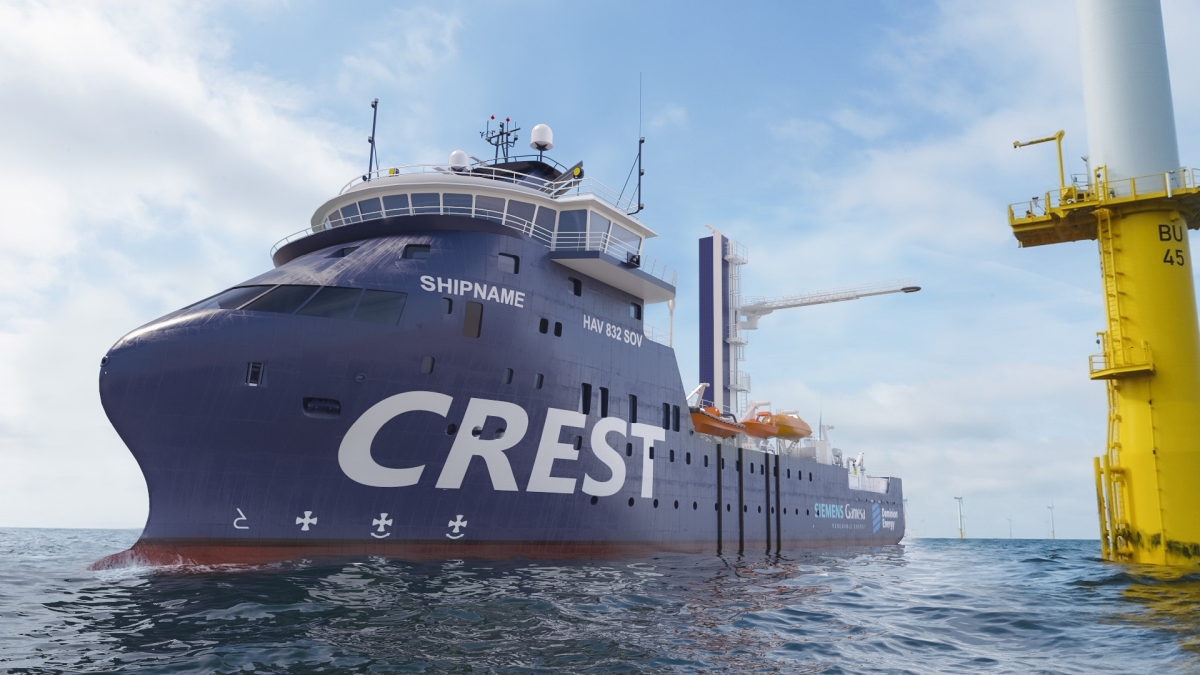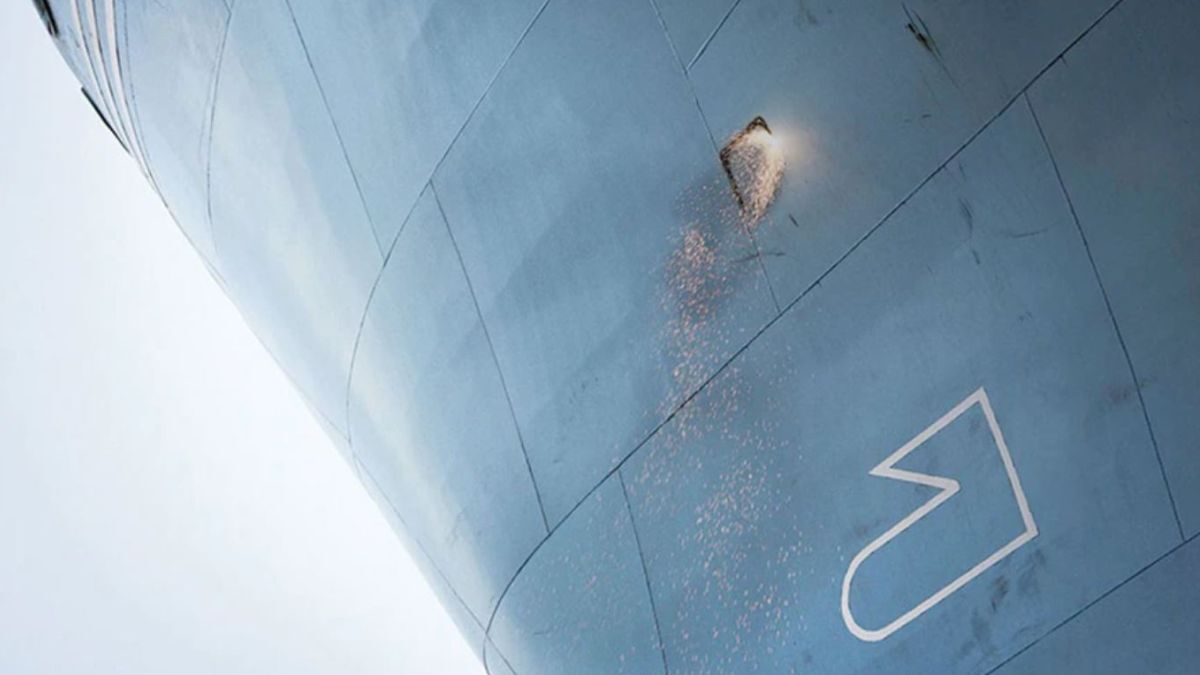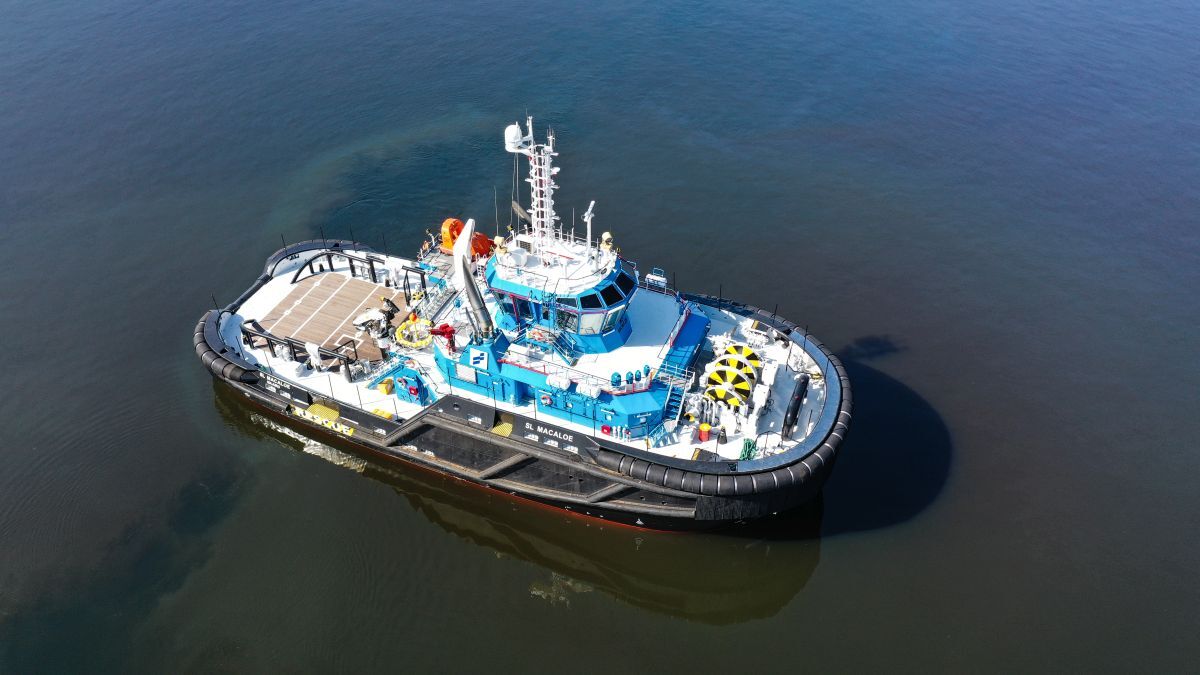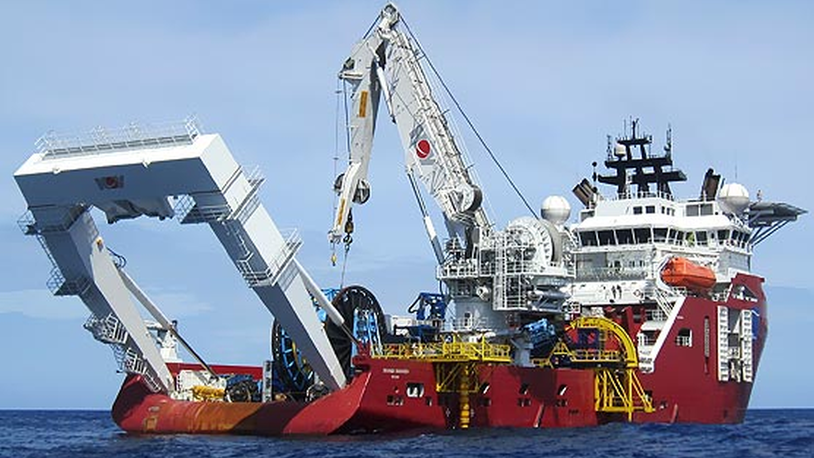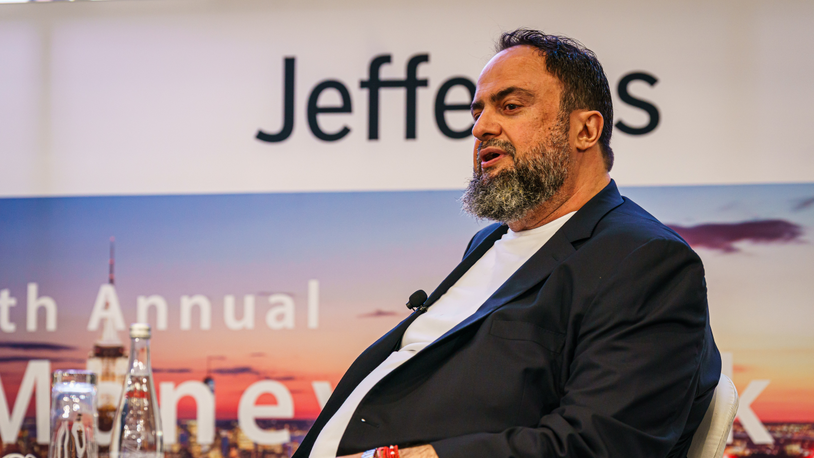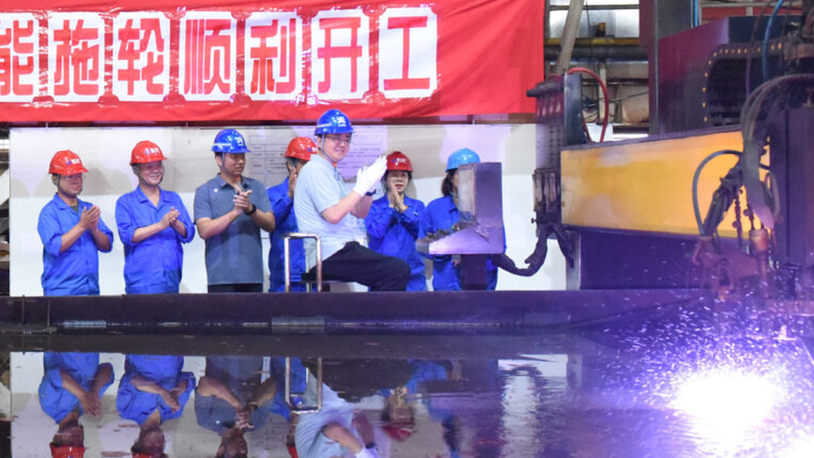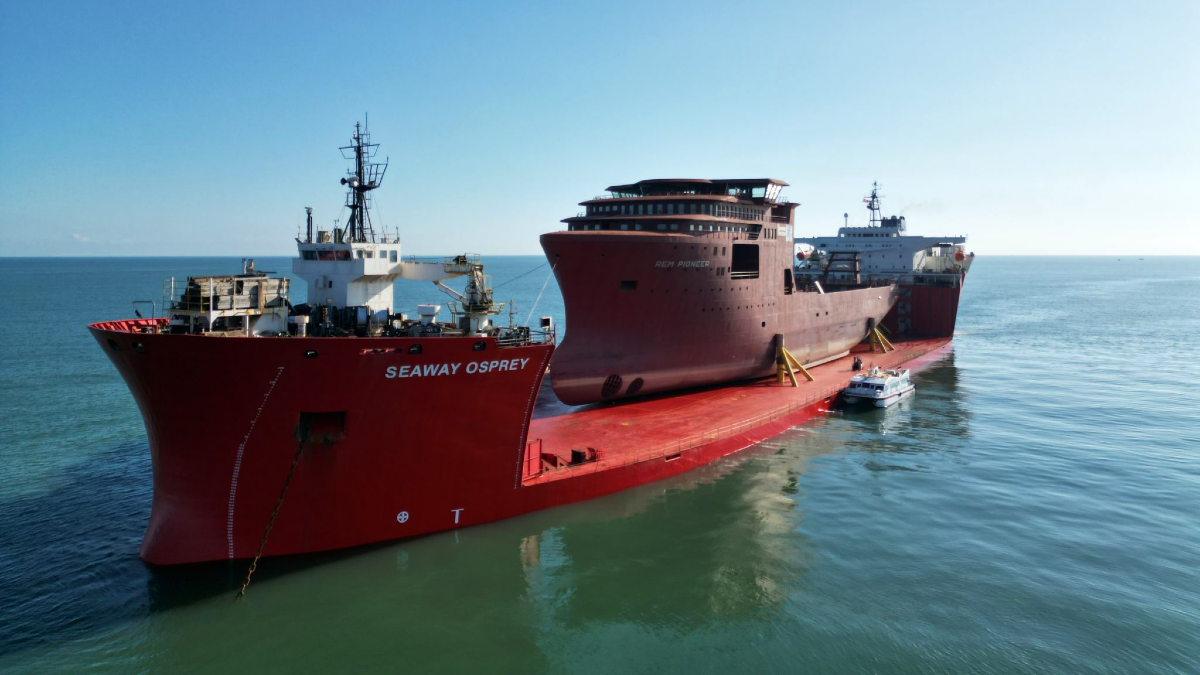Business Sectors
Events
Contents
Register to read more articles.
Procurement begins for SOV for largest US offshore windfarm
Fincantieri Bay Shipbuilding has begun procuring equipment for Crest Wind’s first service operation vessel for Dominion Energy’s 2.6 GW Coastal Virginia Offshore Wind project
Procurement is underway of the major equipment for one of the first service operation vessels (SOVs) being built in the US.
To be built at Fincantieri Bay Shipbuilding in Sturgeon Bay, Wisconsin, the SOV is for Crest Wind, a new joint venture between US-based Crowley Maritime and Denmark’s Esvagt. The Crest Wind SOV is one of three under construction in the US for the country’s nascent offshore wind market. The others are being built by Edison Chouest Offshore (ECO) at its shipyards on the US Gulf Coast.
Fincantieri Bay Shipbuilding director of sales and marketing, Justin Slater, says Norway’s HAV Design is performing the bulk of the design work on the Crest SOV, including the functional and performance design. Mr Slater says the Norwegian designer has extensive experience designing for similar vessels. but this one would have “some tweaks for the Siemens Gamesa opportunity.”
HAV Design vice president of sales Gisle Vinjevoll Thrane says: “[This is the] first time we are designing a vessel for the US market.” Adds Mr Thrane: “We have designed a number of vessels, including SOVs, for Esvagt in Europe in the past. They are highly familiar with the HAV 832 SOV design and the operational benefits it offers.”
“The SOV will not be dual fuel because of uncertainty around the availability of alternative fuels”
Point of fact, Esvagt DCEO Kristian Ole Jakobsen says it will be the 12th SOV that the Danish vessel owner has developed with HAV Design. “We know the challenges of getting personnel safely from the vessel to the turbines, and our long-term collaboration with HAV Design is part of this competence base,” says Mr Jakobsen.
Built to ABS class, the 88 m SOV will have a beam of 17.6 m, with a crew of 20 and accommodation for 60 technicians. The US-flag SOV will have diesel-electric propulsion, with US EPA-certified Tier 4 diesel engines fitted with a selective catalytic converter system, 1,700 kW of batteries and a shore-power system.
![Justin Slater (Fincantieri): “Owners are not making that [alternative fuel] decision yet” (source Fincantieri) Justin Slater (Fincantieri): “Owners are not making that [alternative fuel] decision yet” (source Fincantieri)](https://dvzpv6x5302g1.cloudfront.net/AcuCustom/Sitename/DAM/144/Justin_Slater_Fincantieri_source_Riviera_Maritime_Mediawebz.png)
Bigger batteries
However, the design is being future proofed, allowing for potential battery upgrades. “It is designed to be ready for much larger capacity batteries up to 25 MWh, if that was ever decided,” says Mr Slater. This means larger spaces for battery storage and switchboards and more ventilation capacity have been designed into the vessel to allow for a future upgrade.
Mr Slater notes the SOV will not be dual fuel because of uncertainty around the availability of alternative fuels, such as methanol or hydrogen, in the US. “Our experience is that owners are not making that decision yet for those fuels,” he says, adding, “Other than LNG dual-fuel or batteries, recognising that LNG is still a transition fuel.”
To reduce fuel consumption and improve environmental performance, the SOV will be fitted with Siemens Blue Drive PlusC technology. The system allows independent control of each generator, diesel engine, propeller and thruster. Additionally, it allows the use of battery power to reduce engine running time and provide fuel savings and reduced GHG emissions.
A key component of the BlueDrive PlusC propulsion system is its variable-speed gensets. These generators are purpose-built, brushless and synchronous, and can deliver a wide range of frequencies and voltage for vessels. As explained by Siemens, BlueDrive PlusC controls the engines to achieve optimal speed set points based on torque capability and the most efficient fuel consumption.
Dynamic positioning class-2-capable, the SOV will have two Z-drives, two drop-down bow thrusters and a single tunnel thruster.
“We want to double our workforce over the next 18 months”
Like most shipbuilding projects, lead times for equipment and components are longer than they once were, but the supply chain challenges have not been detrimental to the project “because we have a longer design window,” says Mr Slater. Engine lead times, for example, are about 60 weeks, up from 30 weeks. “It is something we are cognisant of in planning the project,” he says.
Another risk has been inflation, which has driven prices higher for steel and equipment. While Mr Slater observes that steel prices have fallen, he does not anticipate prices for equipment will follow suit.
Fincantieri Bay Shipbuilding anticipates cutting steel in September or October of this year, with delivery slated for 2025, and operation at Dominion Energy’s Coastal Virginia Offshore Wind (CVOW) project in 2026. Some 43 km off the coast of Virginia Beach, the CVOW project will be the largest in the US yet, with a capacity of 2.6 GW, including 176 wind turbines supplied by Siemens Gamesa.
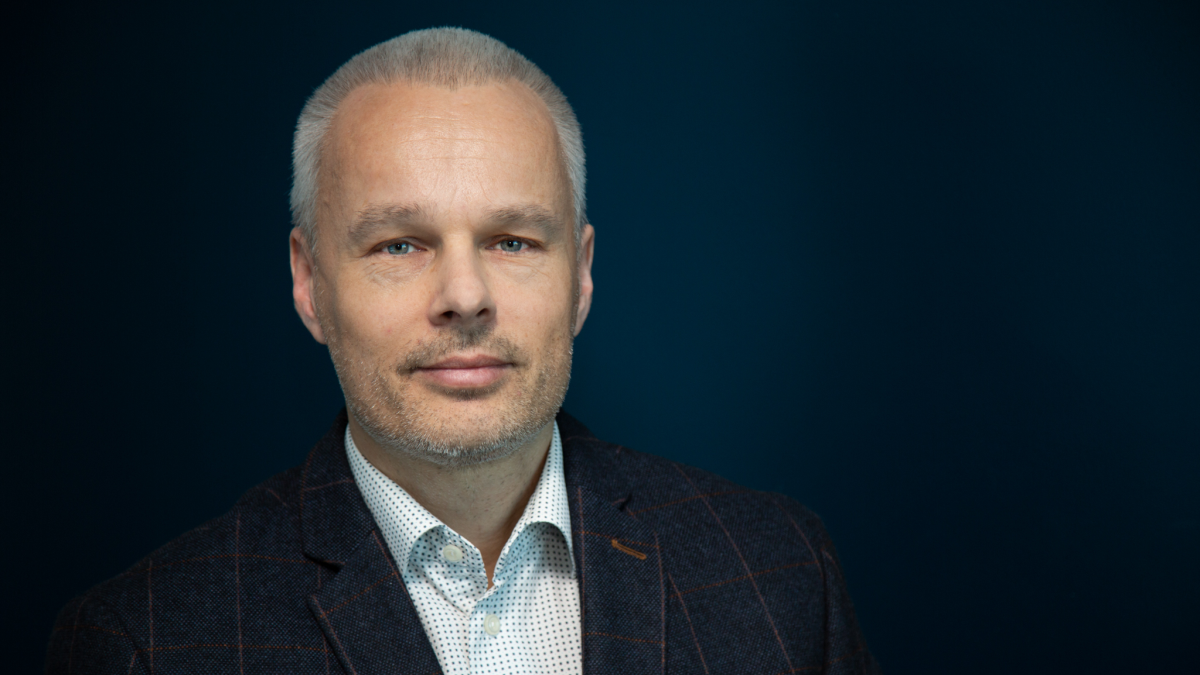
SOVs, along with the LNG bunker business, are core focusses of Fincantieri Bay Shipbuilding’s business. Mr Slater says: “We want to double our workforce over the next 18 months [to about 1,000 production workers].” This workforce level will temporarily increase to 1,500 during the Great Lakes vessel winter repair season.
In the LNG market, Fincantieri Bay Shipbuilding has built the largest capacity LNG bunker barge in the US, the 5,500-m3 ocean tank barge Clean Canaveral, which is operating out of Port Canaveral, Florida; it is constructing a sister vessel for the owner for Polaris New Energy. Additionally, the Wisconsin shipbuilder is constructing a 12,000-m3 LNG bunker barge for Crowley, which will be delivered later this year into a long-term charter to Shell NA LNG.
Part of the Fincantieri Marine Group, which includes Fincantieri Marinette Marine and Fincantieri ACE Marine, all based on the Great Lakes in Wisconsin, Fincantieri Bay Shipbuilding delivered Mark W Barker, the first bulk carrier built for the Great Lakes in three decades, in July 2022 to owner Interlake Maritime Services.
Related to this Story
Events
Offshore Support Journal Conference, Americas 2025
LNG Shipping & Terminals Conference 2025
Vessel Optimisation Webinar Week
© 2024 Riviera Maritime Media Ltd.


